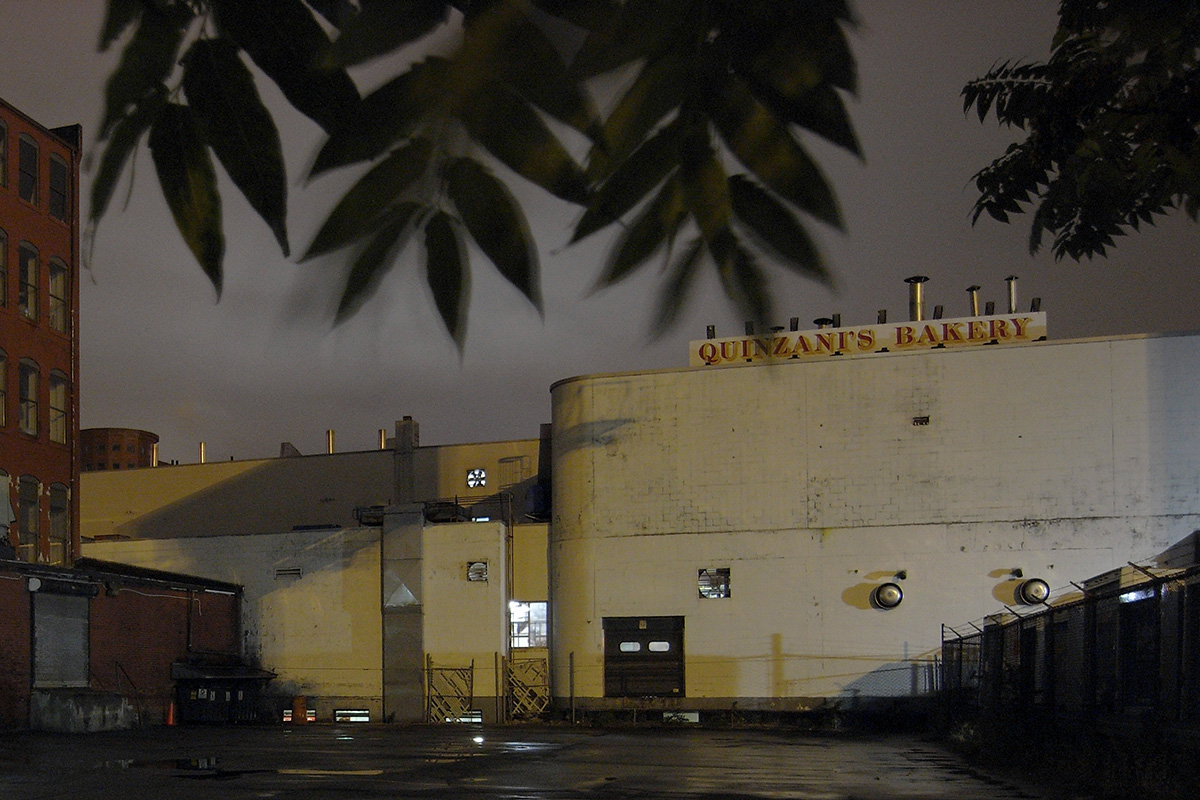This Week in Boston’s Gentrification
Welcome to GentriWatch, where we look for signs of gentrification happening around the city.

Photo by Seth Tisue on Flickr/Creative Commons
Boston is undergoing a rapid transformation—into what exactly, we’re not sure. Between 1990 and 2000, 6.7 percent of areas in Boston with median incomes and house values within the bottom 40th percentile experienced gentrification. Since 2000, that number has grown to a staggering 21.1 percent. For residents of some areas of Greater Boston, it’s becoming too expensive to stick around. Amidst rising rents, beloved staples on both sides of the Charles River are shuttering their doors.
With this series, we’ll venture to the vanguard of Boston’s gentrification, one week at a time.
• • •
AFTER NEARLY a century—first residing in the Combat Zone, and for the last 50 years, in the South End—Quinzani’s Bakery is closing next week. Located at 380 Harrison Ave., the family-owned business is at the vanguard of the South End’s gentrification. Just around the corner, the former site of the Boston Herald has been transformed into the Ink Block, complete with luxury condominiums, studios north of $2,500, and a Herald-themed Whole Foods. From the Boston Globe’s report:
It’s a familiar story amid the city’s development boom: a blue-collar business shuts down as a gritty neighborhood goes upscale, paving the way for investors to put up a luxury residence or high-end retail buildings….This corner of the South End still has plenty of grit: Roughly 500 homeless people reside at the Pine Street Inn, a shelter across the street from the bakery. The Ho Kong Bean Sprout Co. next door is still in business.
Quinzani’s, which employs 90 and supplies hundreds of Boston restaurants with bread, has already lined up an undisclosed buyer for the property, the Globe reports.
• • •
SPEAKING OF the Ink Block, the Boston Redevelopment Authority approved Thursday night a 200-room boutique hotel for the National Development-owned complex, reports Universal Hub. The AC Hotel by Marriott will be “design-led, urban, cosmopolitan and tailor-made for modern travelers looking for a new way of experiencing and feeling the city,” according to a February press release, complete with a “European-inspired style that defines contemporary hospitality.”
• • •
IT’S NOT ALL gloom and doom, however. With the advent of CityTarget at 1341 Boylston Street in the Fenway, one of Boston’s most heavily gentrifying neighborhoods, there was bound to be at least a little chafing with the locals. Displayed prominently at the store’s entrance, CityTarget’s “Local Pride” line of T-shirts and merchandise—crafted by New York-based designer Todd Snyder—didn’t sit well with Sully’s Brand, which took out a full-page ad in the Herald to shame CityTarget for selling goods not only remarkably similar to theirs (including the “Green Monstah” shirt Sully’s has sold for a decade), but also designed by a New Yorker while pandering to the Bostonian aesthetic.
“Instead of giving the money to a lawyer, I’d rather just do an open letter to Target and see what happens, if only to build awareness to all this,” Chris Wrenn of Sully’s says. “I’m upset that they’re making things similar to ours. But I’m more interested in taking them to task for hiring a New York designer to make a line called ‘Boston Pride,’ especially when there are so many legitimate options in Massachusetts.”
Turns out the gambit paid off for Sully’s, a 16-year-old company forced to relocate to Peabody when its former headquarters in the Fenway were torn down for luxury condominiums. Target will discontinue the “Green Monstah” shirt after the current supply sells out, reports Boston Business Journal. Still no word if Target will collaborate with Sully’s, as Wrenn hoped.
Notice something changing in your neighborhood? Let me know: kclauss@bostonmagazine.com, @KyleClauss.


